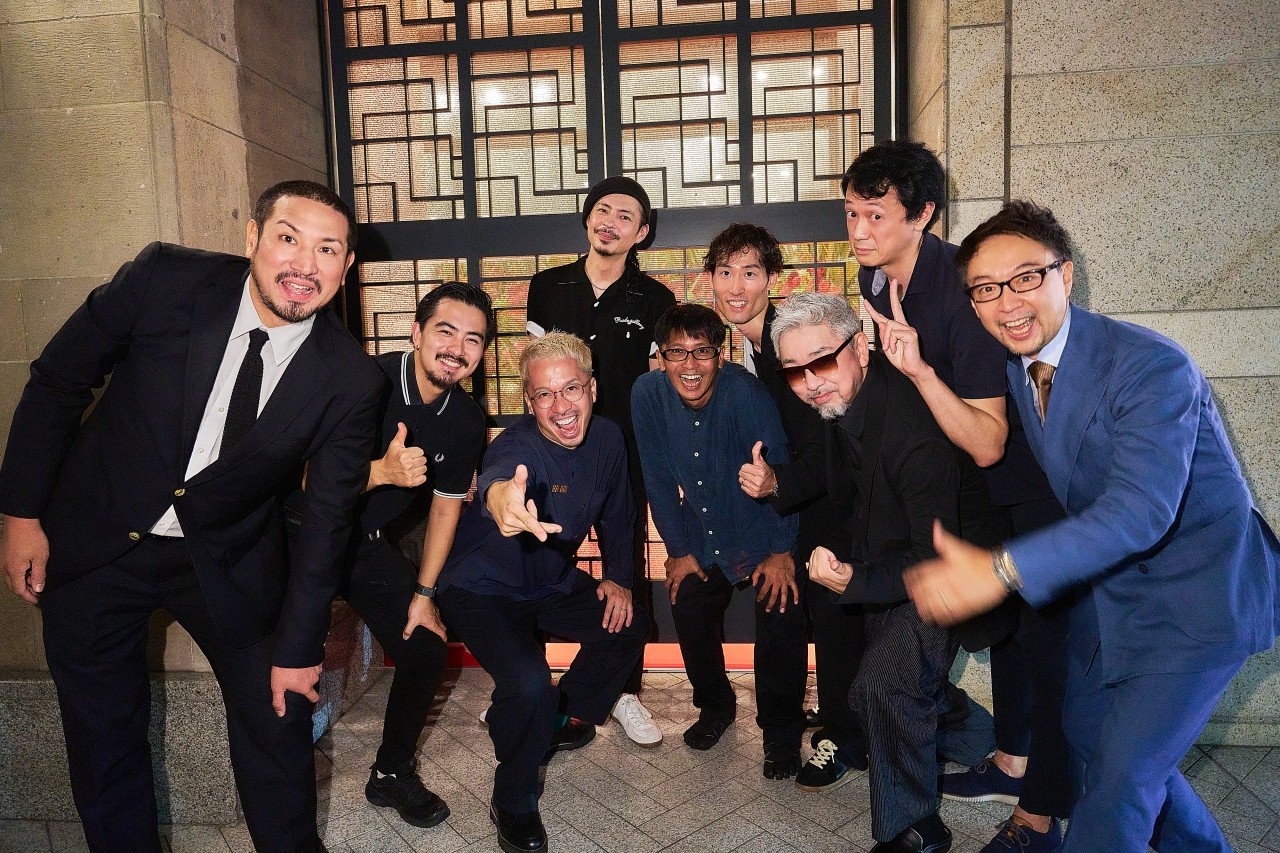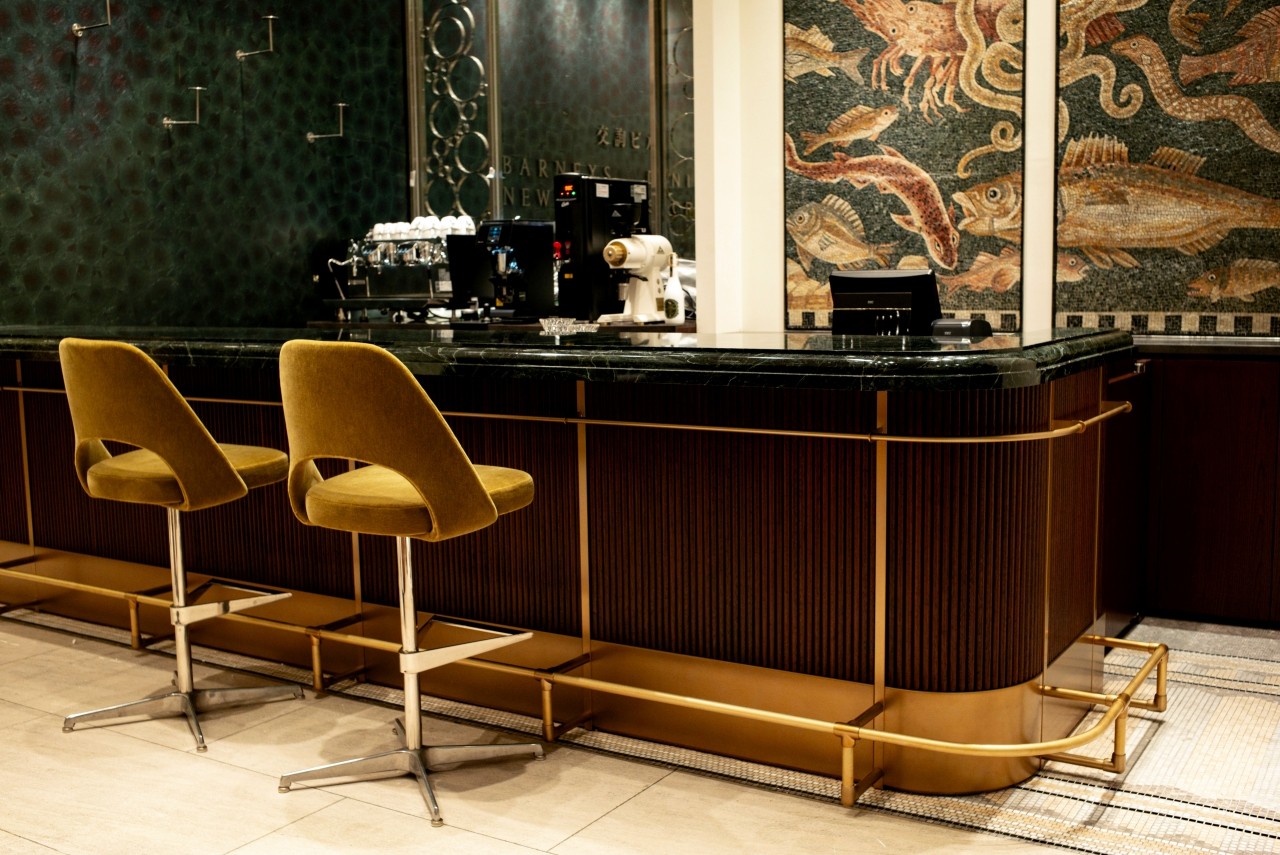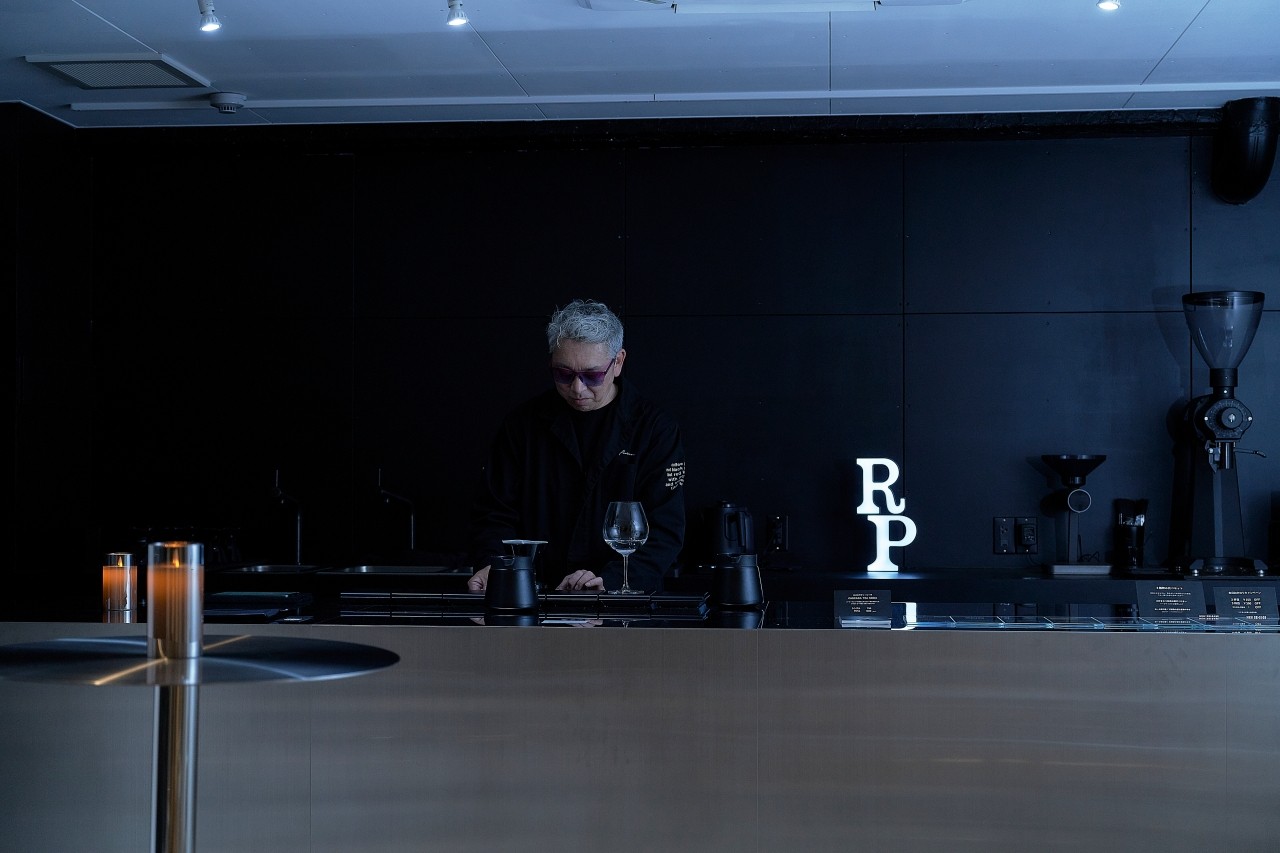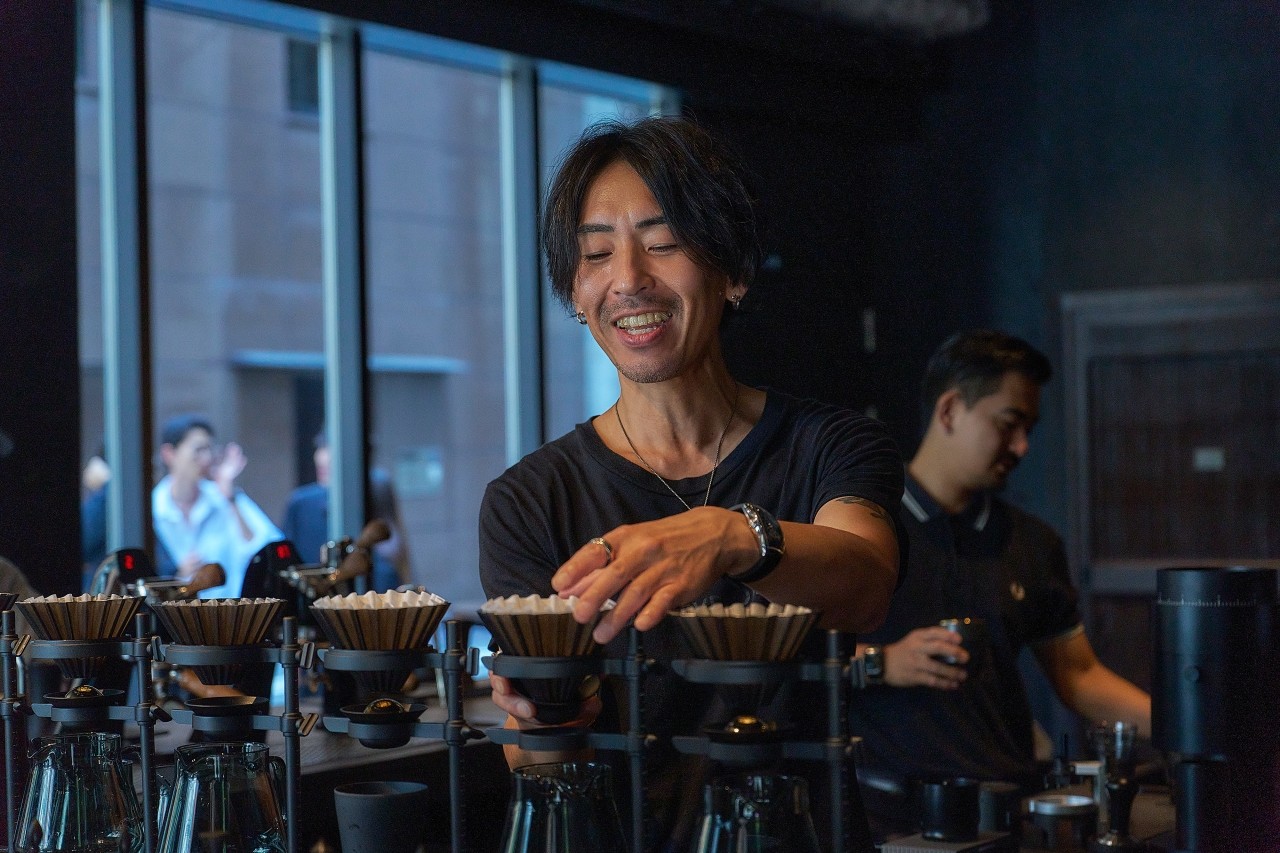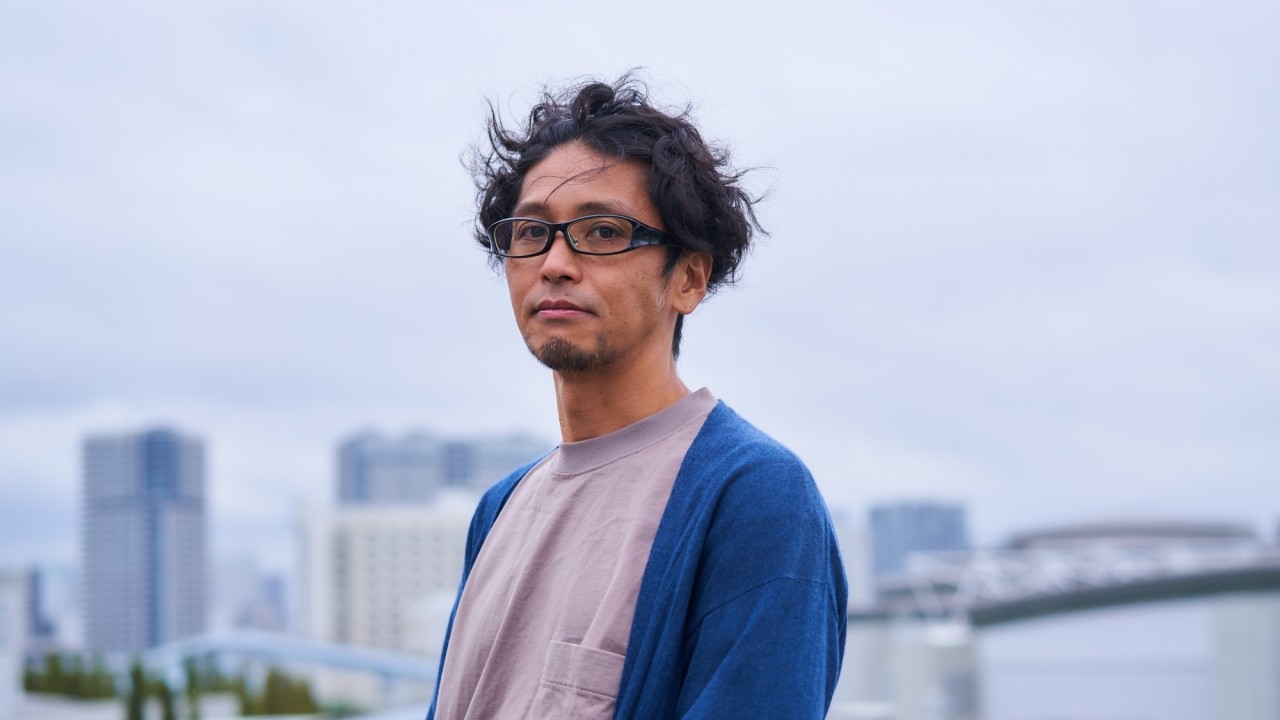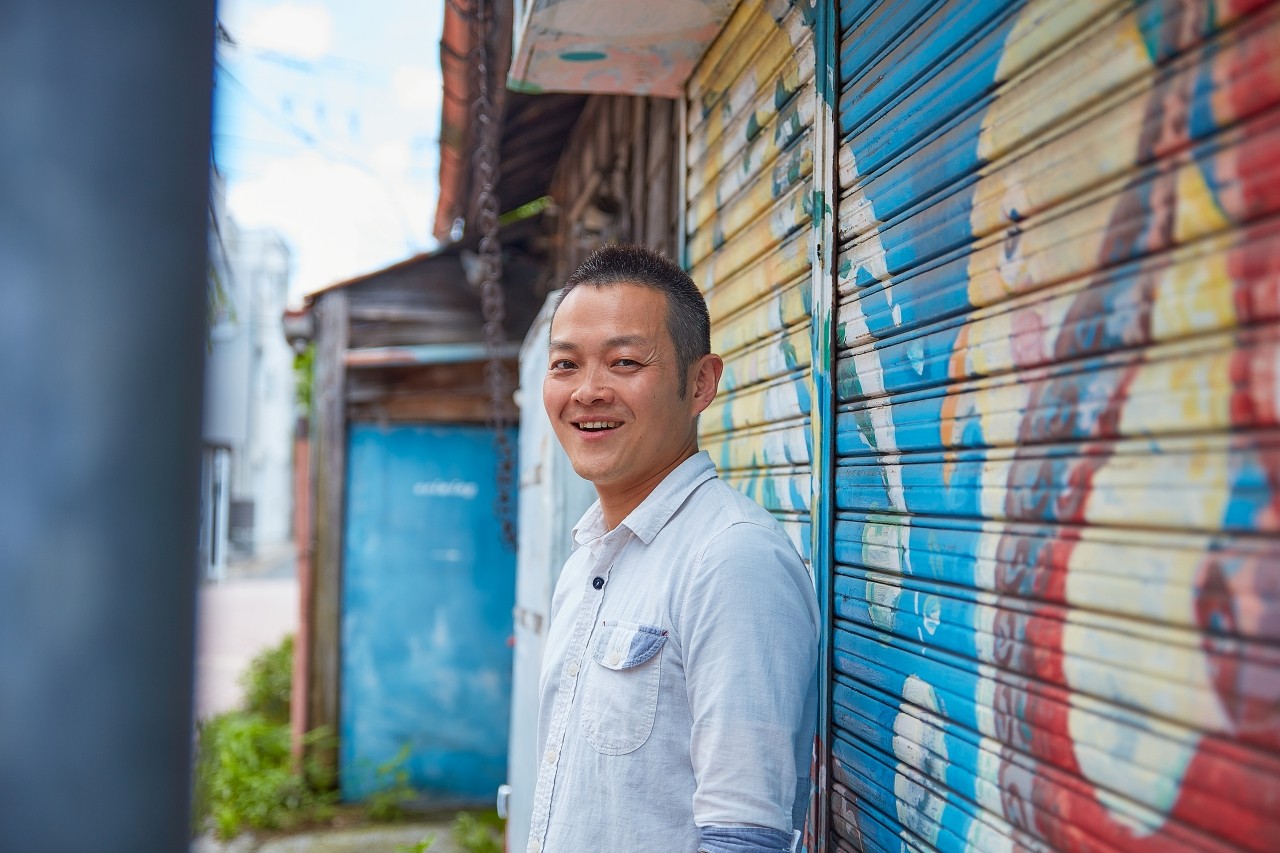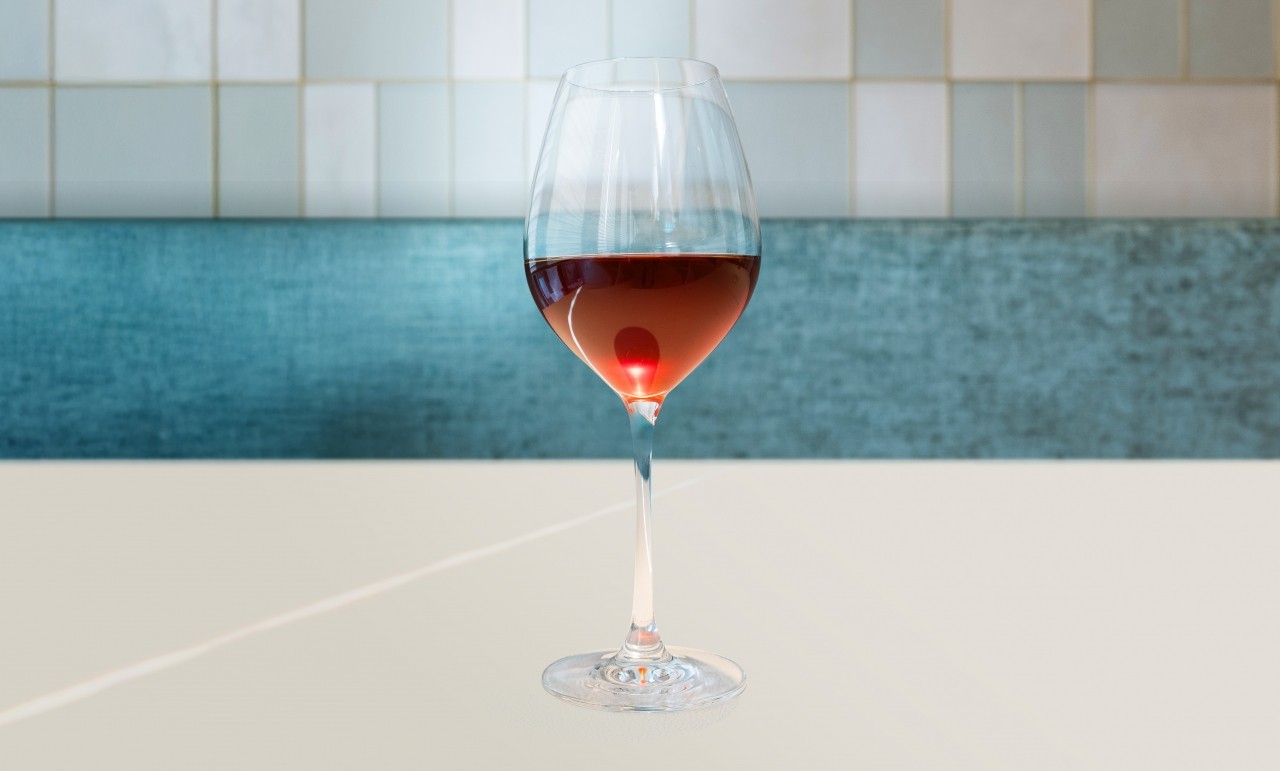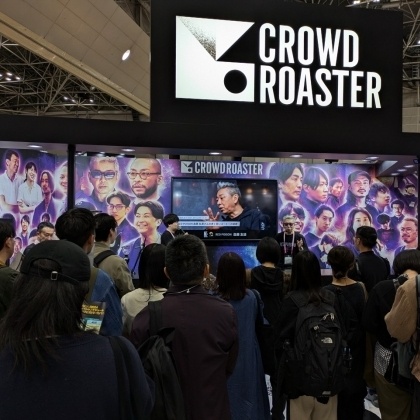A smooth taste not found in paper filters. We asked manufacturers about the characteristics of ceramic coffee filters

Coffee filters are used when brewing coffee. Not only the beans and roasting, but also the type of filter used is one of the factors that greatly affect the flavor of the coffee.
There are a variety of filters available, from the standard paper filter to cloth filters and stainless steel filters, but which type do you use?
Recently, ceramic filters have been attracting attention as an environmentally friendly option because they eliminate the need for disposable paper.
We immediately purchased a ceramic filter from Cerapotta, a Japanese porous ceramic filter brand, and tried using it.
The dripper has a steeper angle than the V60, and the coffee liquid flows out as if seeping out of the ceramic, which is unique.
It's more like filtering than extracting.
When I tried the brewed coffee, it had a full body and a mellow taste. It also had a soft texture.
The ceramic filter of this "cerapotta" is made from a porous material with pores that are 5 micrometers in size, which is thinner than a hair.
Like a natural filtering structure, it removes unwanted impurities from the coffee and extracts the flavor inherent in the beans themselves, such as the oils that give the coffee its rich aroma and depth.
We were intrigued, so we reached out to Ash Concept, the developer of the Cerapotta ceramic coffee filter, to find out more about it.
There are a variety of filters available, from the standard paper filter to cloth filters and stainless steel filters, but which type do you use?
Recently, ceramic filters have been attracting attention as an environmentally friendly option because they eliminate the need for disposable paper.
We immediately purchased a ceramic filter from Cerapotta, a Japanese porous ceramic filter brand, and tried using it.
The dripper has a steeper angle than the V60, and the coffee liquid flows out as if seeping out of the ceramic, which is unique.
It's more like filtering than extracting.
When I tried the brewed coffee, it had a full body and a mellow taste. It also had a soft texture.
The ceramic filter of this "cerapotta" is made from a porous material with pores that are 5 micrometers in size, which is thinner than a hair.
Like a natural filtering structure, it removes unwanted impurities from the coffee and extracts the flavor inherent in the beans themselves, such as the oils that give the coffee its rich aroma and depth.
We were intrigued, so we reached out to Ash Concept, the developer of the Cerapotta ceramic coffee filter, to find out more about it.
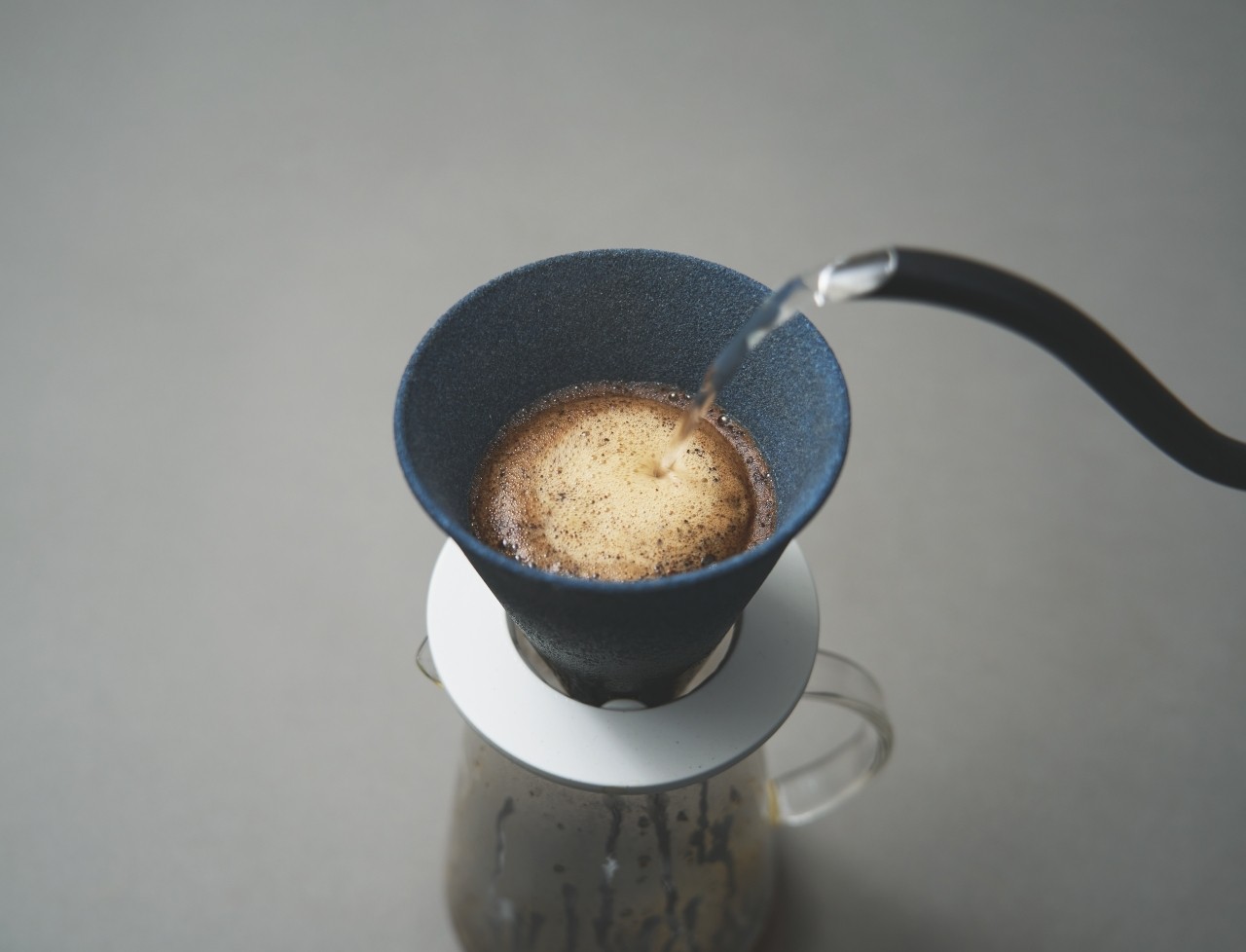
A filter born from an encounter with the traditional techniques of Hasami ware
--Please tell us the background and motivation behind the development of the "cerapotta ceramic coffee filter."
The origin of the development of "cerapotta" is "kinome" (https://plus-d.com/kinome/) of our original brand +d. The design of this product was inspired by the fact that coffee grounds look like soil.
With a ceramic coffee filter adorned with silicone leaves, we aim to make the process of brewing coffee a relaxing experience, like watering new sprouts. Through this development, we came across the ceramic filter material and studied its appeal in depth.
As we carried out our research and tested every ceramic filter on the market, we noticed that the performance of the filter varied dramatically depending on the place of origin, materials, and manufacturing method.
In the end, we found a ceramic filter made by a craftsman in Hasami. We were impressed by the beauty of the filter, the clear taste of the extracted coffee, and the fact that it did not easily become clogged. This became the driving force behind the development of "cerapotta".
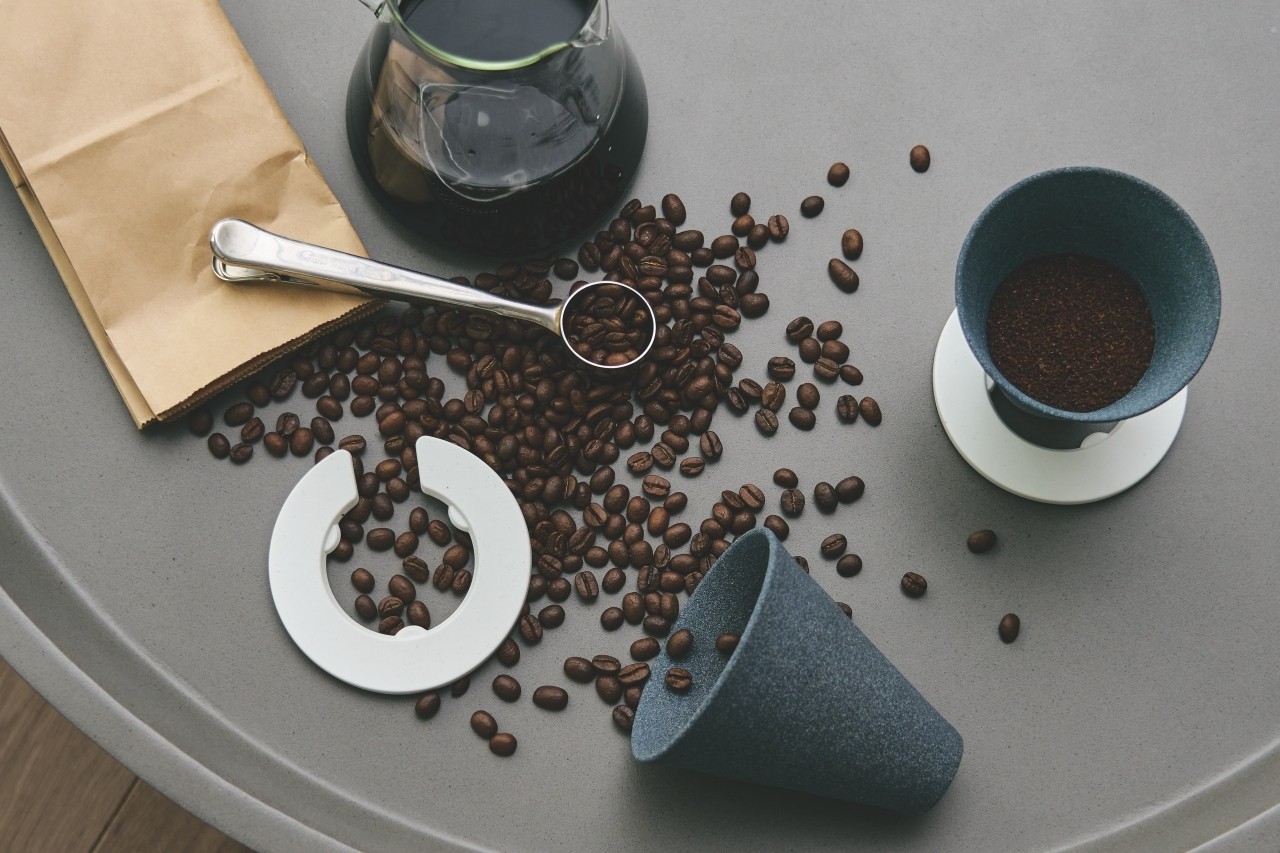
Another major factor in its development was that it resonated with the desire of artisans to pursue a sustainable coffee experience. We aimed to create a product that would reduce the use of disposable paper filters and allow people to enjoy delicious coffee for a long time.
This craftsman also has a strong desire to spread the traditions and techniques of Hasami ware to the world and pass them on to the next generation, and we sympathized with his passion.
The quality of our coffee filters is supported by the traditional techniques of Hasami ware and the handiwork of our artisans. By combining the traditional Japanese techniques of Hasami ware with cutting-edge ceramic technology, we offer the experience of enjoying new flavors and a beautiful coffee culture.
-- Coffee filters play a major role in the coffee extraction process, but what were some of the things you valued and paid attention to when developing them?
The ceramic filter we came across had the potential to brew the best, sustainable coffee through its materials and technology. Its porous filtration allows for a smooth texture and rich aromatic oils to be extracted, resulting in a clear taste.
During development, we paid careful attention to the filter shape, angle, and capacity in pursuit of a design that would provide the ideal extraction.
In addition, the ceramic blend is tightly controlled to ensure durability that will not deteriorate even with repeated use.
Our goal was not just to create a filter that would brew high-quality coffee, but a sustainable product that would be loved for a long time.
-- What aspects of the design and shape did you put particular effort into?
The main focus in the design of the "cerapotta" was on its steeply sloping shape and the height and capacity required for efficient extraction.
In particular, the shape of the bottom is unique, and the bottom is not completely flat but slightly concave. This concave disperses the coffee during extraction and reduces the risk of physical clogging.

And it creates a beautiful scene, like raindrops dripping.
It was designed to make the time spent waiting for the coffee a rich experience that can be enjoyed with all five senses. As a result, this functional beauty was recognized and the "cerapotta" won the world-renowned reddot design award.
──What do you want the "cerapotta ceramic coffee filter" to become in the future? Please tell us your future goals.
"Cerapotta" wants to go beyond tools and create a new culture through coffee. We not only pursue the taste and aroma of coffee, but also want to spread the "Cerapotta Ceremony" to the world, making the extraction process itself a rich and moving experience. This idea pays homage to the Japanese tea ceremony.
At an overseas exhibition, a South American coffee farmer
"If we could make such delicious coffee without using paper, the world would be a better place."
I remember what he said to me.
We aim to spread "cerapotta" around the world as a new option in coffee culture, and to become a standard loved by many people for enjoying sustainable, delicious coffee.
──Finally, do you have any advice or points of caution for people who are using the “cerapotta ceramic coffee filter” for the first time?
For those who are using "cerapotta" for the first time, we hope you will enjoy the unique brewing feel and flavor that is different from that of paper filters.
Watching the extraction as it bubbles up from the entire filter, the swelling of the beans, the slow steam and aroma wafting, and the dripping coffee will all be a special experience.
You can also fully enjoy the smooth texture that only a ceramic filter can provide, the rich aroma that comes from thoroughly extracting the oil, and the clear taste without any impurities.
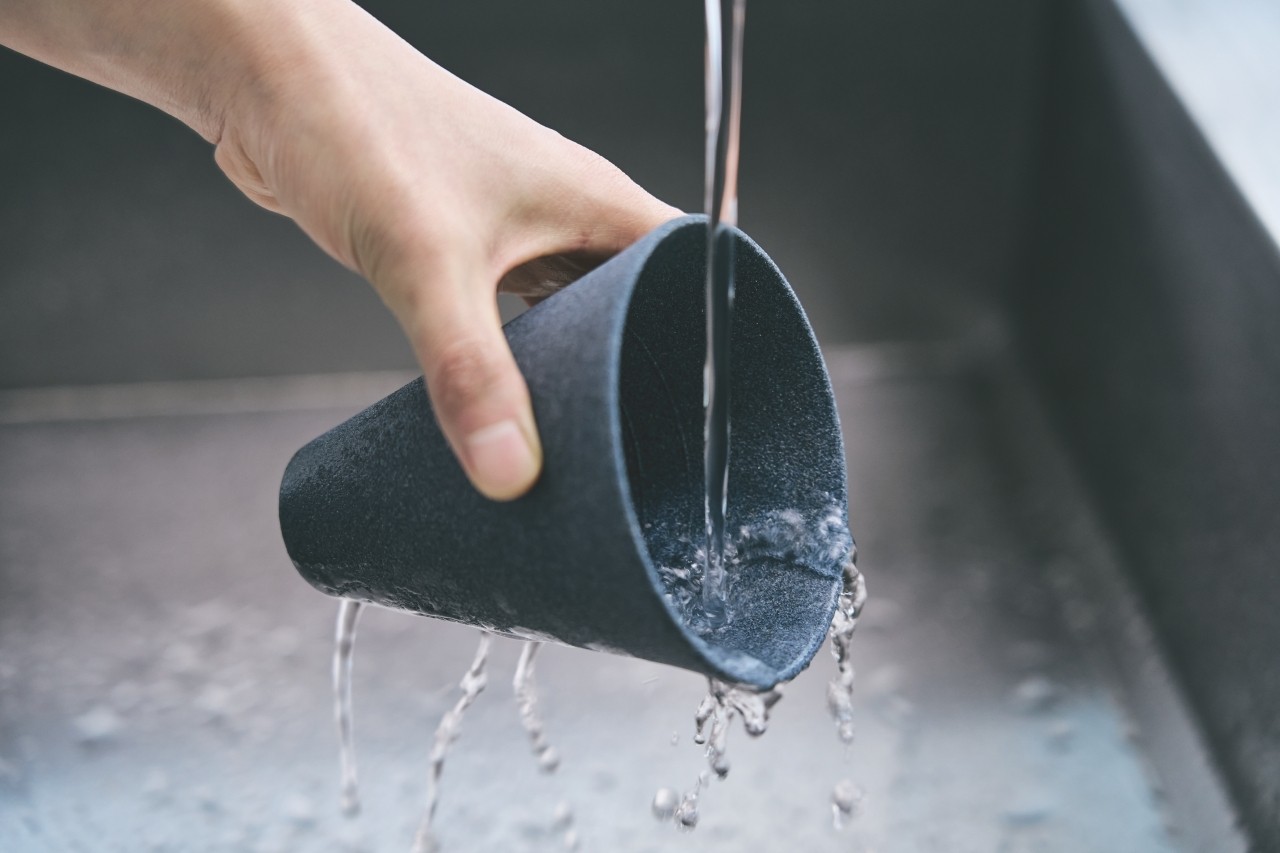
However, ceramic filters can become clogged under certain conditions. This is caused by the oils in the coffee being trapped in the porous material, hardening and forming layers.
Therefore, immediately discard the bean grounds after use and rinse thoroughly under running water. If it still becomes clogged, we recommend boiling it or cleaning it with oxygen bleach. By performing this kind of maintenance, the Cerapotta will become a tool that you can use for a long time.
Please come and enjoy a new coffee experience at the "cerapotta ceremony."
Thank you, Ash Concept.
The origin of the development of "cerapotta" is "kinome" (https://plus-d.com/kinome/) of our original brand +d. The design of this product was inspired by the fact that coffee grounds look like soil.
With a ceramic coffee filter adorned with silicone leaves, we aim to make the process of brewing coffee a relaxing experience, like watering new sprouts. Through this development, we came across the ceramic filter material and studied its appeal in depth.
As we carried out our research and tested every ceramic filter on the market, we noticed that the performance of the filter varied dramatically depending on the place of origin, materials, and manufacturing method.
In the end, we found a ceramic filter made by a craftsman in Hasami. We were impressed by the beauty of the filter, the clear taste of the extracted coffee, and the fact that it did not easily become clogged. This became the driving force behind the development of "cerapotta".

Another major factor in its development was that it resonated with the desire of artisans to pursue a sustainable coffee experience. We aimed to create a product that would reduce the use of disposable paper filters and allow people to enjoy delicious coffee for a long time.
This craftsman also has a strong desire to spread the traditions and techniques of Hasami ware to the world and pass them on to the next generation, and we sympathized with his passion.
The quality of our coffee filters is supported by the traditional techniques of Hasami ware and the handiwork of our artisans. By combining the traditional Japanese techniques of Hasami ware with cutting-edge ceramic technology, we offer the experience of enjoying new flavors and a beautiful coffee culture.
-- Coffee filters play a major role in the coffee extraction process, but what were some of the things you valued and paid attention to when developing them?
The ceramic filter we came across had the potential to brew the best, sustainable coffee through its materials and technology. Its porous filtration allows for a smooth texture and rich aromatic oils to be extracted, resulting in a clear taste.
During development, we paid careful attention to the filter shape, angle, and capacity in pursuit of a design that would provide the ideal extraction.
In addition, the ceramic blend is tightly controlled to ensure durability that will not deteriorate even with repeated use.
Our goal was not just to create a filter that would brew high-quality coffee, but a sustainable product that would be loved for a long time.
-- What aspects of the design and shape did you put particular effort into?
The main focus in the design of the "cerapotta" was on its steeply sloping shape and the height and capacity required for efficient extraction.
In particular, the shape of the bottom is unique, and the bottom is not completely flat but slightly concave. This concave disperses the coffee during extraction and reduces the risk of physical clogging.

And it creates a beautiful scene, like raindrops dripping.
It was designed to make the time spent waiting for the coffee a rich experience that can be enjoyed with all five senses. As a result, this functional beauty was recognized and the "cerapotta" won the world-renowned reddot design award.
──What do you want the "cerapotta ceramic coffee filter" to become in the future? Please tell us your future goals.
"Cerapotta" wants to go beyond tools and create a new culture through coffee. We not only pursue the taste and aroma of coffee, but also want to spread the "Cerapotta Ceremony" to the world, making the extraction process itself a rich and moving experience. This idea pays homage to the Japanese tea ceremony.
At an overseas exhibition, a South American coffee farmer
"If we could make such delicious coffee without using paper, the world would be a better place."
I remember what he said to me.
We aim to spread "cerapotta" around the world as a new option in coffee culture, and to become a standard loved by many people for enjoying sustainable, delicious coffee.
──Finally, do you have any advice or points of caution for people who are using the “cerapotta ceramic coffee filter” for the first time?
For those who are using "cerapotta" for the first time, we hope you will enjoy the unique brewing feel and flavor that is different from that of paper filters.
Watching the extraction as it bubbles up from the entire filter, the swelling of the beans, the slow steam and aroma wafting, and the dripping coffee will all be a special experience.
You can also fully enjoy the smooth texture that only a ceramic filter can provide, the rich aroma that comes from thoroughly extracting the oil, and the clear taste without any impurities.

However, ceramic filters can become clogged under certain conditions. This is caused by the oils in the coffee being trapped in the porous material, hardening and forming layers.
Therefore, immediately discard the bean grounds after use and rinse thoroughly under running water. If it still becomes clogged, we recommend boiling it or cleaning it with oxygen bleach. By performing this kind of maintenance, the Cerapotta will become a tool that you can use for a long time.
Please come and enjoy a new coffee experience at the "cerapotta ceremony."
Thank you, Ash Concept.
At SCAJ2024, CROWD ROASTER will also be performing at the "cerapotta ceremony" held at the cerapotta booth.
[ CROWD ROASTER performance date and time]
October 11th, 13:00 cerapotta booth (South Hall 3, 6205)
We will use a cerapotta to brew CROWD ROASTER coffee. The recipe will be released soon.
If you're interested, please come!
"cerapotta" official website : https://cerapotta.jp/
If you want to enjoy coffee more deeply
" CROWD ROASTER APP"
Manabu at CROWD ROASTER LOUNGE
・Push notifications for article updates・Full of original articles exclusive to CROWD ROASTER
・Direct links to detailed information about green beans and roasters
App-only features
- Choose green beans and roasters to create and participate in roasting events・CROWD ROASTER SHOP: Everything from beans to equipment is readily available
・GPS-linked coffee map function

